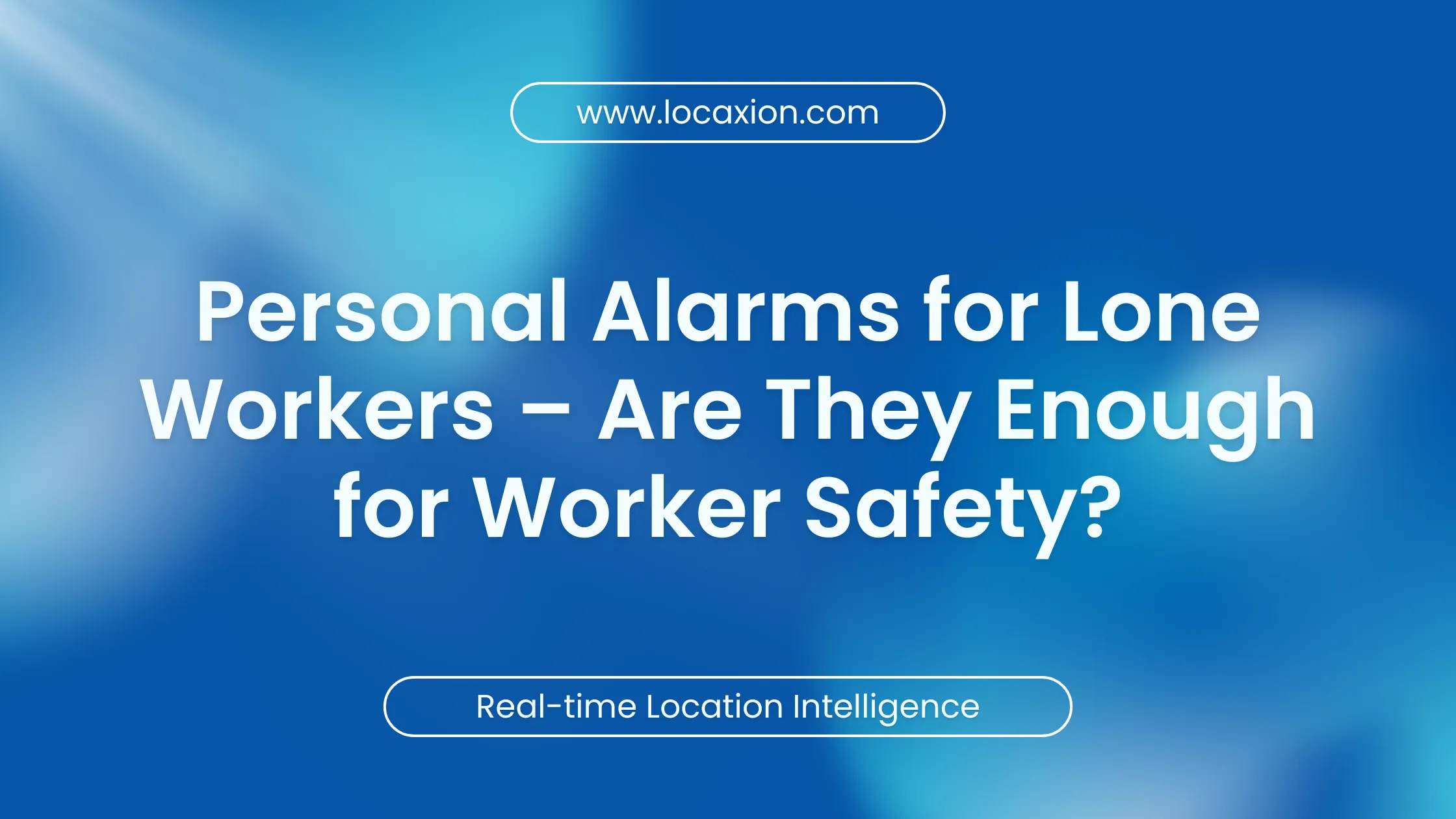Employee Location Tracking System
Ensure Workplace Safety & Compliance
In high-risk environments, ensuring workplace safety and maintaining compliance isn’t optional, it’s essential. Locaxion’s RTLS consulting solutions provide real-time visibility into employee movement, helping you reduce accidents, improve response times, and stay aligned with OSHA, NFPA, and ISO 45001 standards. Our employee location tracking system is designed to support complex operations across Warehousing, Manufacturing, and Healthcare settings.
Key Performance Statistics
Key Benefits of Indoor Employee Tracking System
Reduce Workplace Incidents with Real-Time Hazard Monitoring
Minimize costly accidents by continuously tracking worker movements with sub-meter accuracy. RTLS instantly alerts when employees enter hazardous areas, preventing unauthorized access and ensuring compliance with OSHA 1910.146 for confined space monitoring. This proactive approach reduces liability risks and lowers incident-related expenses.
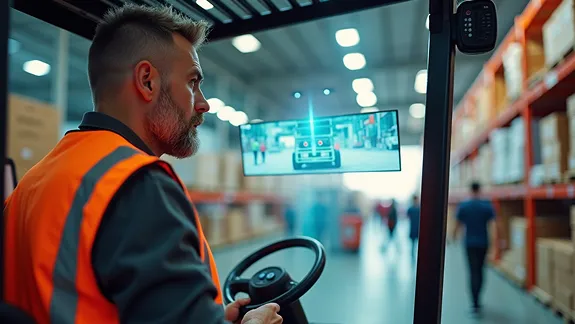
Automate Compliance & Eliminate Safety Violations
RTLS automates PPE enforcement and ensures only certified workers access high-risk zones, preventing regulatory fines. By supporting ISO 45001 and OSHA 1910.132, businesses can reduce the administrative burden of manual compliance tracking while strengthening workplace safety policies.
Accelerate Emergency Response & Minimize Downtime
RTLS enhances evacuation efficiency by tracking personnel in real time, ensuring full accountability during emergencies. Complying with NFPA 101, it enables faster rescues, reducing potential injury claims and downtime while improving business continuity.
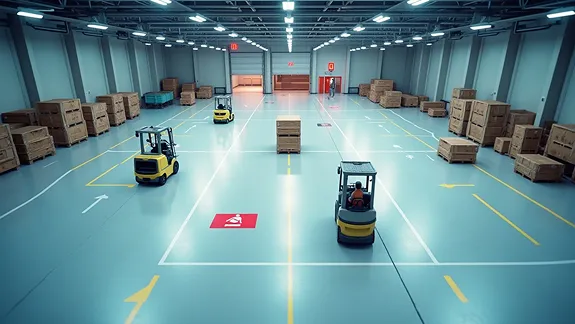
Key Performance Statistics
~34%
Fewer Workplace Incidents
~75%
More Near-Miss Reports
~40%
Faster Emergency Response
~25%
Higher Safety Compliance
~25%
Fewer Lost Workdays
How an Employee Tracking System Transforms Workplace Safety & Efficiency
Real-Time Worker Location Tracking & Alerts
RTLS continuously monitors employee locations to ensure they remain in designated safety zones. In critical situations, authorities can respond immediately.
- Example: At a petrochemical plant, RTLS tracks workers near high-pressure pipelines. If a worker enters a restricted zone or exceeds safe exposure time, alerts are sent to both the worker and supervisor. This ensures compliance with OSHA’s Process Safety Management (PSM) standards, mitigating risks from hazardous chemicals.
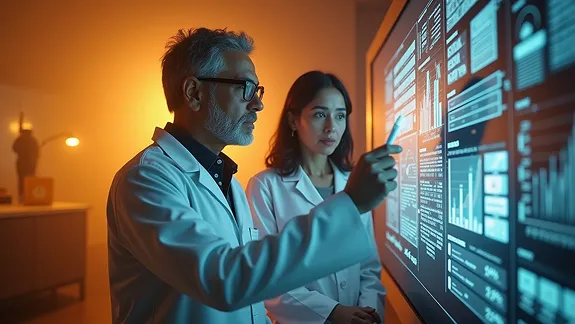
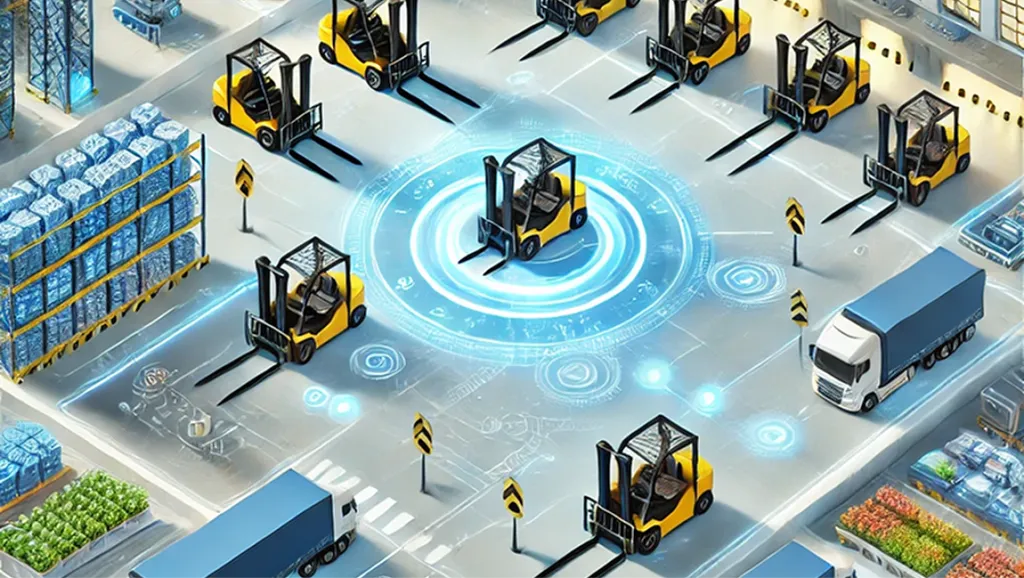
Collision Avoidance & Proximity Detection
RTLS personnel tracking prevents worker-equipment collisions by automatically maintaining safe distances between employees and moving assets like forklifts and AGVs.
- Example: In an automotive parts warehouse, RTLS integrates with forklifts to automatically slow movement when workers come within five feet. This aligns with ANSI/ITSDF B56.1 safety standards for pedestrian pathways in industrial settings.
Emergency Evacuation & Incident Management
During emergencies, RTLS enables real-time personnel tracking, ensuring all employees reach assigned evacuation zones.
- Example: At an automotive manufacturing plant, RTLS monitored over 2,000 employees during a fire drill, quickly identifying those who hadn't reached safety. This streamlined response aligns with NFPA 101 (Life Safety Code), which mandates occupant accountability in emergencies.


Access Control for Hazardous Areas
RTLS restricts access to hazardous zones, ensuring only certified personnel can enter.
- Example: In a pharmaceutical manufacturing facility, RTLS verifies employee certifications before granting cleanroom access. Unauthorized attempts trigger alerts, enforcing compliance with ISO 45001:2018, which mandates risk mitigation in high-hazard areas.
Worker Fatigue & Health Monitoring
RTLS analyzes movement patterns to detect worker fatigue and reduce overexertion-related accidents.
- Example: At a steel manufacturing facility, RTLS flags workers showing signs of fatigue during long shifts, prompting supervisors to assign breaks. This follows OSHA’s Ergonomics Program Management Guidelines, which recommend injury prevention strategies for repetitive tasks.
Hazard Zone Alerts & Dynamic Geo-fencing
RTLS establishes virtual safety zones and alerts employees entering high-risk areas without proper PPE.
- Example: At a metal fabrication shop, RTLS geo-fences welding areas and sends alerts when workers without flame-resistant clothing enter. This ensures adherence to OSHA 1910.132, which mandates PPE usage in hazardous work environments.
Proactive Safety Training & Compliance Verification
RTLS verifies worker training and credentials before granting access to machinery or restricted areas.
- Example: In an electronics assembly plant, RTLS ensures only certified personnel operate precision tools. Expired certifications trigger alerts, preventing unauthorized access and ensuring OSHA 1910.147 (Control of Hazardous Energy) compliance.
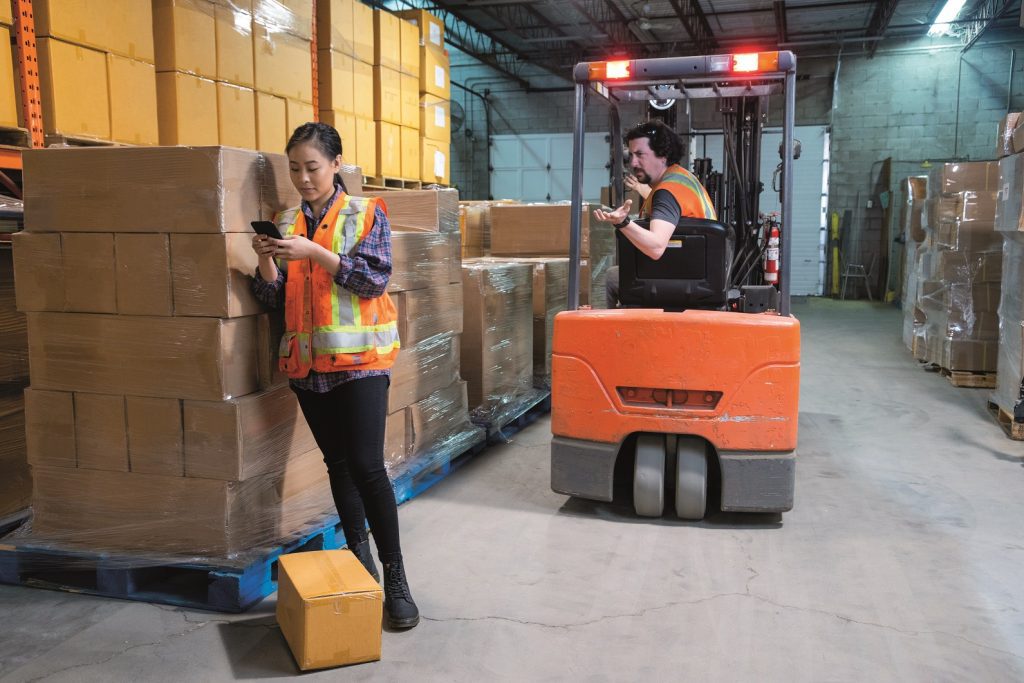
Why Locaxion is the Right Partner for Your RTLS Journey?
100+ Location Intelligence projects
With expertise across over 100 successful projects, we deliver proven solutions for manufacturing and warehousing industries.
15+ years of experience in RTLS
Our team brings extensive expertise in RTLS, digital twins, and smart factory consulting alongside leading industry partners.
Strong Network of Top RTLS
We collaborate with industry-leading RTLS and digital twin providers to create tailored, client-specific solutions.
Why Your Facility Needs an Employee Indoor Location Tracking System Today
Prevent Accidents with Real-Time Tracking & Alerts
Staff tracking goes beyond just location data, it’s about ensuring your people are safe throughout the day. With high-precision RTLS (within 1 meter) and sub-second updates, you can track worker movements, detect hazards instantly, and trigger automated safety alerts. This proactive approach helps prevent workplace incidents and ensures compliance with OSHA 1910.146 for hazardous spaces.
Ensure Compliance with Seamless System Integration
Compliance failures can result in hefty fines and safety risks. An RTLS-enabled solution integrates with your existing safety systems, incident management tools, and IoT devices (wearables, alarms, and sensors). This ensures automated compliance with ISO 45001 risk management and NFPA 101 emergency safety standards—eliminating manual monitoring inefficiencies.
Future-Proof Safety with a Scalable & Adaptable Solution
Safety needs evolve, and your tracking system should adapt seamlessly. Locaxion’s vendor-neutral RTLS solutions support multiple technologies like BLE, UWB, and vision-based tracking, ensuring flexibility across various facility layouts, hazardous zones, and indoor-outdoor transitions. This adaptability keeps your safety infrastructure aligned with OSHA 1910.132 for PPE enforcement and ISO 45001’s continuous safety improvement framework—ensuring long-term compliance and workplace safety.
Explore Real-Life Use Cases, Guides, and Insights on Employee Location Tracking
Lone workers face unique risks every day, from environmental hazards to sudden medical…

31 Mar 2025
In today’s fast-paced industrial environments, ensuring worker safety and optimizing operational efficiency are…

31 Mar 2025
Lone worker tracking is increasingly important across industrial and service sectors where employees…

19 Mar 2025
Know Where Your Team Is When It Matters Most
Locaxion’s employee location tracking system gives you real-time visibility across job sites or facilities, helping you protect your staff and stay one step ahead of potential disruptions.
From emergency response to access control, you can track movement, identify patterns, and create a safer environment with fewer blind spots. It’s designed to support busy teams in high-risk industries—so you can focus on operations while knowing exactly where everyone is.
Frequently Asked Questions
What are the key features to look for in an indoor employee location tracking system?
A good safety tracking system should include:
- Real-Time Location Tracking – Updates employee locations instantly.
- Accurate Indoor Positioning – Uses BLE, UWB, or Wi-Fi for precision.
- Emergency Features – Panic buttons for immediate help during emergencies.
- Privacy Controls – Let employees turn tracking on or off in non-work situations.
- Integration – Works with existing safety systems like access control or alarms.
- Analytics and Reports – Provides insights to improve safety policies and workplace layouts.
What’s the difference between RTLS technologies like BLE, UWB, and vision-based systems?
Different RTLS technologies serve different safety and tracking needs:
- BLE (Bluetooth Low Energy) – Affordable, good for general tracking but less accurate in metal-heavy areas.
- UWB (Ultra-Wideband) – High precision (within 1 meter), ideal for tracking in hazardous zones.
- Vision-Based Systems – Uses cameras for detailed visual tracking, great for compliance monitoring but affected by lighting and dust.
Choosing the right system depends on your facility’s layout, risk areas, and compliance requirements.
How can an indoor employee location tracking system improve workplace efficiency?
Location data optimizes workflows by:
- Assigning workers more effectively based on real-time location.
- Eliminating unnecessary movements to streamline operations.
- Identifying underused areas to optimize workspace utilization.
These benefits reduce downtime, improve productivity, and enhance workplace safety.
How does RTLS help during emergency evacuations?
RTLS provides real-time tracking to locate workers during an evacuation, ensuring no one is left behind. Safety teams can:
- Identify employees who haven’t reached safe zones.
- Direct resources toward high-risk areas for faster rescues.
- Meet NFPA 101 requirements for occupant accountability during emergencies.
How does RTLS improve PPE compliance?
RTLS enforces PPE compliance by integrating with access control systems. It can:
- Restrict entry to hazardous areas unless workers wear required PPE.
- Send real-time alerts if PPE violations occur.
- Help meet OSHA 1910.132 requirements for workplace safety gear.
RTLS also automates data collection, providing detailed logs to simplify audits. It helps organizations comply with:
- OSHA 1910.146 – Monitoring confined spaces.
- ISO 45001 – Occupational safety and risk management.
With RTLS, safety records are automated, accurate, and always audit-ready.
What challenges come with choosing and setting up an RTLS?
Some common challenges include:
- Accuracy – Achieving precise tracking in complex indoor spaces.
- Technology Choice – Selecting BLE, Wi-Fi, or UWB based on your facility’s needs.
- Privacy Concerns – Ensuring employees feel comfortable with tracking.
- Integration – Making sure the system works with your existing safety infrastructure.
Careful planning and clear communication with employees help mitigate these challenges.
What are the privacy concerns with employee location tracking?
Privacy concerns are valid, especially if employees feel over-monitored. To address this:
- Be transparent about tracking purposes—focus on safety, not performance.
- Only track during work hours and designated work areas.
- Follow privacy laws like GDPR or other local regulations to protect employee rights.
These steps build trust and show that tracking is about improving safety, not invading privacy.

